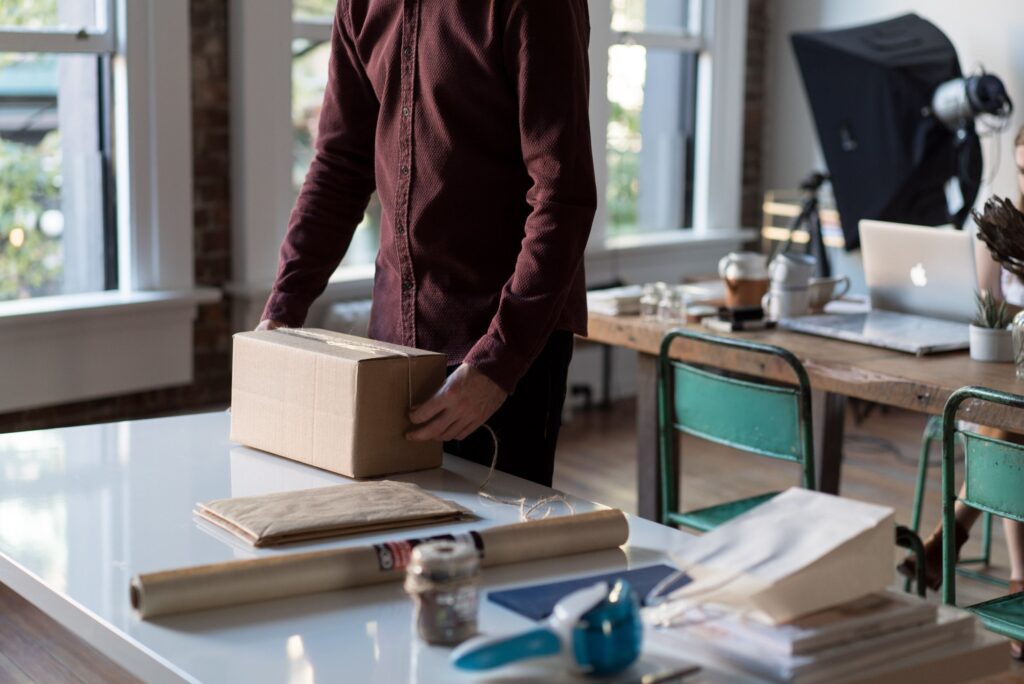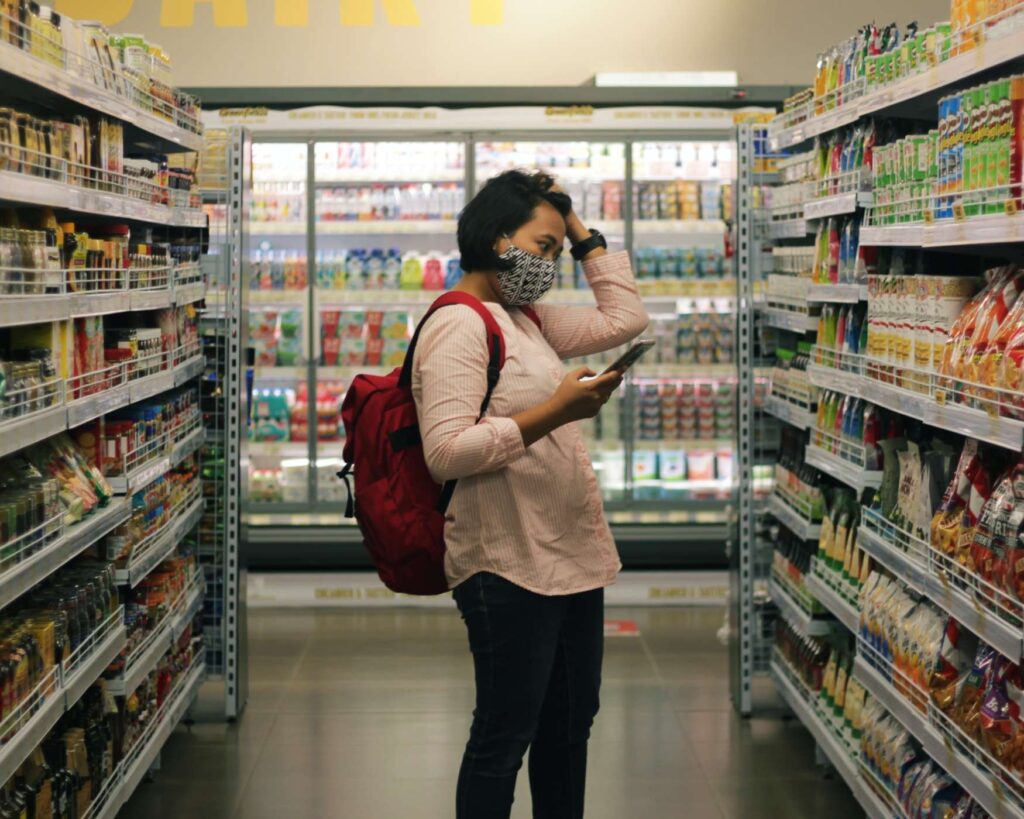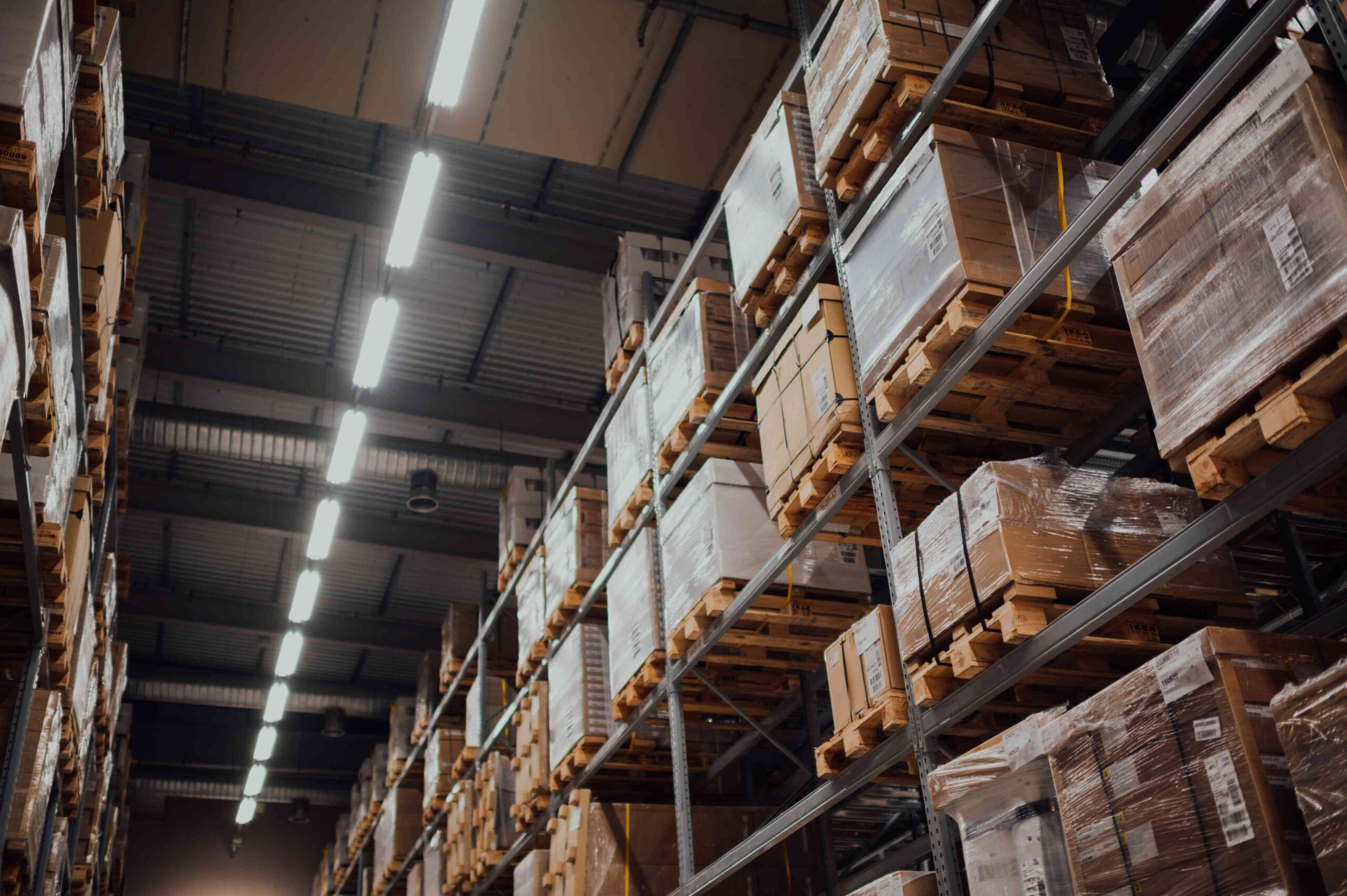
Steve Jobs had once said, “Packaging can be theatre, it can create a story.” This statement has a much greater meaning and sense in today’s market.
The world is going global by the day, therefore, having a solid packaging design is imperative to compete in the markets & attract customers to your brand and/or products.
You may have purchased products from Apple or Samsung or any other company and wondered, “Wow, what great packaging”, well that’s because these companies put that extra effort to make packaging beautiful and in turn increase the value of the brand in the minds of the customer.
When in the mall, we find ourselves in front of an aisle with tens of hundreds of products just staring back at us, we start noticing, comparing, remembering & associating. The human brain instantly starts connecting the dots and in a flash, decides if he/she likes the product or not. Just by having one look at the product, the sales decision is made. The brain associates the product packaging with its ad, or with a friend who we know that uses it, or with the packaging colour and design, those basic elements mean in our mind – elegant, simple and appropriate. Product packaging design involves form and function and for many, implies the beginning of the brand experience with the potential customer. In some cases, they form the basis for customer loyalty. What’s more? Even branded shopping carry bags speak to our clients and influence their brand perception.

So why is packaging important?
Function is priority
The main purpose of packaging is to always the protect the product from damage while the product is in transit from the manufacturer to the product shelf. Depending on the product type, the packaging is designed.
Beauty matters
The way a product is packaged matters the most to the customer browsing on the product shelves in a mall. For this very reason, companies have to conduct extensive research on colour palettes, design schemes and the type of product packaging that will attract the customer the most.
Conveying necessary information
Product packaging plays an important role in conveying the necessary information to the customer about the product. The outside packaging should contain directions on how to use, or nutrient information (depending on the product type), or the address of the retailer and the manufacturer.
Basically, packaging should be able to answer these questions efficiently-
- Who designed this product? Who is the product for?
- What is the product used for? Does it have any limitations? What knowledge do I need to use this product?
- Where is the product made? Where can I learn more about the manufacturer and its products on sale?
- When is the product supposed to be used? Does it have an expiration date?
- Why do I need this product? How will it improve the quality of my life? Why should I spend my money on this product?
Product Differentiation
While on the shelves of a mall, your product will have to differentiate itself from other products of the same kind. And because the product packaging is the first touchpoint of the potential customer’s journey with your brand, it is really important to be an apple in the sea of oranges.
Innovation is crucial
In many instances, the role of packaging has led to increased sales for the brand. Look at how Frooti introduced the Tetra pack or how oil & shampoo companies started selling products in small sachets. These strategies and innovations helped the brands penetrate the untapped markets in order to increase sales.
Brand Recognition
The key aspect of product packaging is enabling better brand recognition in the eyes of the customer. Designing for any product should be done kept in mind that it will help for better brand recognition.
Enables Purchase Decision
After you’ve taken care of all the things mentioned above, designing a relevant product packaging will compel your potential customer to choose your product over other products. Thus, helping your company increase it’s brand awareness and ultimately achieve the sales targets.

Types of Product Packaging
Transport Product Packaging: His type of packaging’s purpose is to deliver, transport, ship and store the Product.
Consumer Product Packaging: This type of packaging is used to keep the product fresh and safe for the household use of customers.
Primary Product Packaging:The Product Packaging that is within direct contact with the product contents is the Primary Product Packaging. The Primary Product Packaging is the first element that keeps the contents safe.
Shrink Wrap Packaging: Shrink Wrap packages are used around the actual product to hold the products or packages together for ease in transport and delivery. The shrink wrap makes the product resistant against puncture, damage, friction. The manufacturers prefer Shrink Wrap Packaging as it makes the product Impact resistant and is made of plastic which is a cheaper option than the expensive wooden boxes and crates.
Vacuum Product Packaging: This type of packaging is used for perishable goods or food items that require the vacuum seal for freshness, hydration and taste. The Vacuum Product Packaging has many benefits and is the most preferable option for the sellers and manufacturers of fast-moving consumer goods (FMCG) especially the organizations operating in the food industry. This type of Packaging keeps the food items safe from germs, dust, air, bacteria and fungus.
Preservation Packaging: The examples of such packaging include Jars, Cans, aluminium containers, silver sheets, cartons, glass jars, plastic bottles, foam or other types of product packages that are used to protect the contents of the product. The Preservation product Packaging ensures product safety, protection and freshness of the packaged product.
Bubble Wrap Packaging: This is the most efficient and inexpensive way to package the products using air-cushion which helps protect the product form impact, friction or damage while shipping or transported in bubble wrap.
Secondary Product Packaging: The Packaging used on top of the Primary Packaging to avoid pilferage is the secondary product packaging.
Crates and Pallets: An integral part of the packaging process is Crates and Pallets to keep the products safe during transportation and delivery. This packaging provides protection against water, dust and moisture.
Crates and Pallets: An integral part of the packaging process is Crates and Pallets to keep the products safe during transportation and delivery. This packaging provides protection against water, dust and moisture.
The brands, therefore, have the urgent need to make their packaging equally as good as the product because if not, no matter how good the product is, it’ll always be overlooked by the customer shopping in the mall.
Leave a Reply